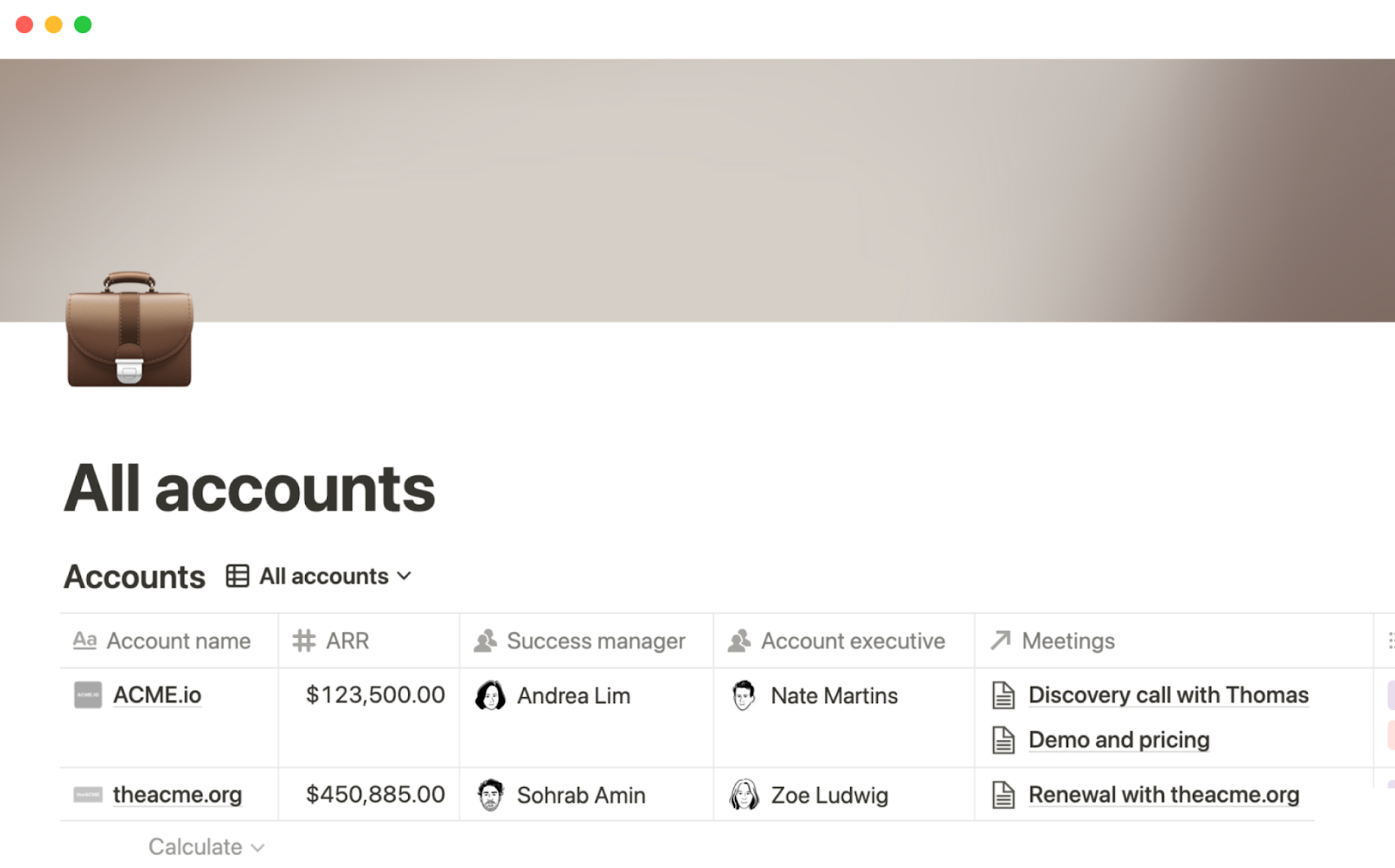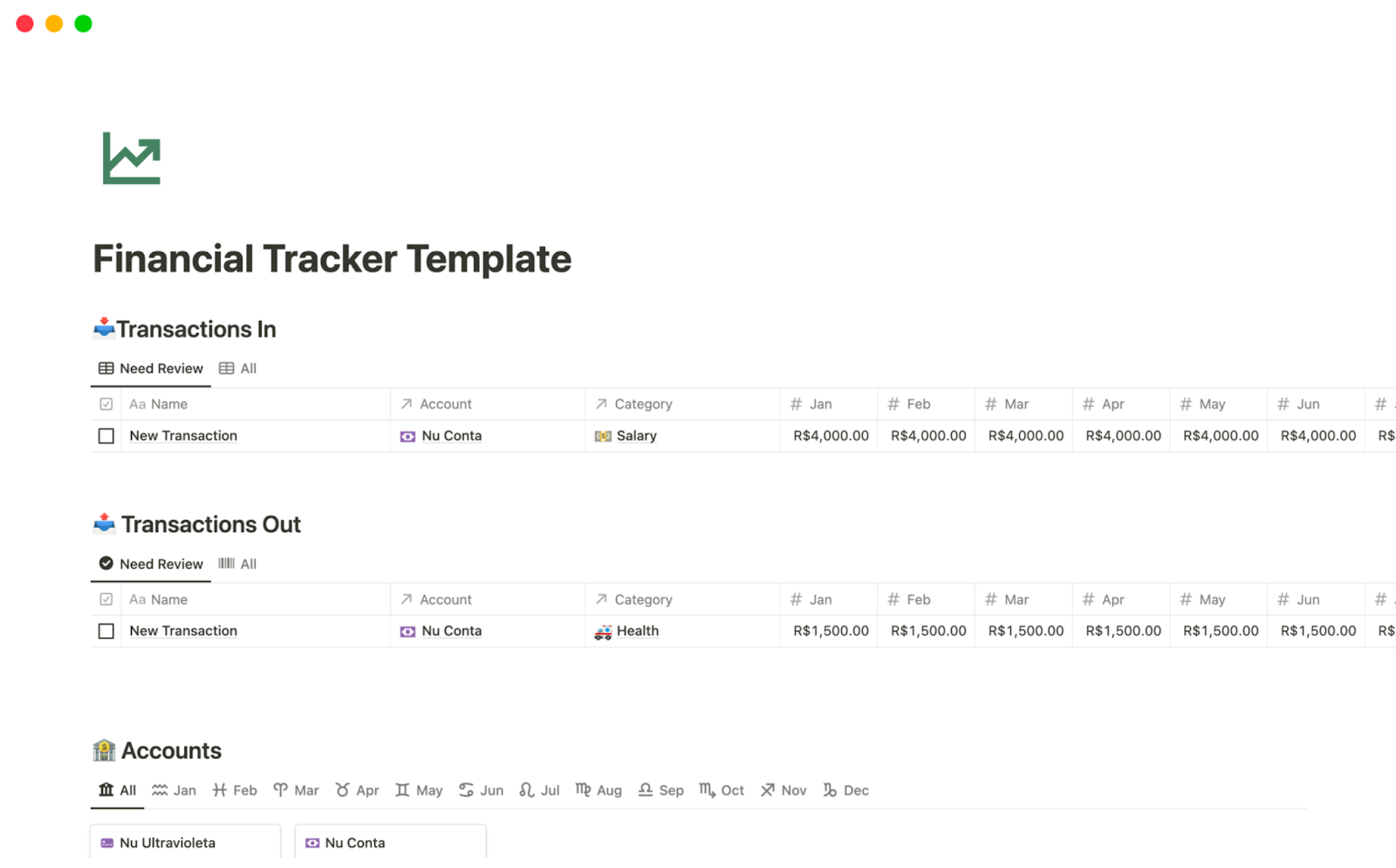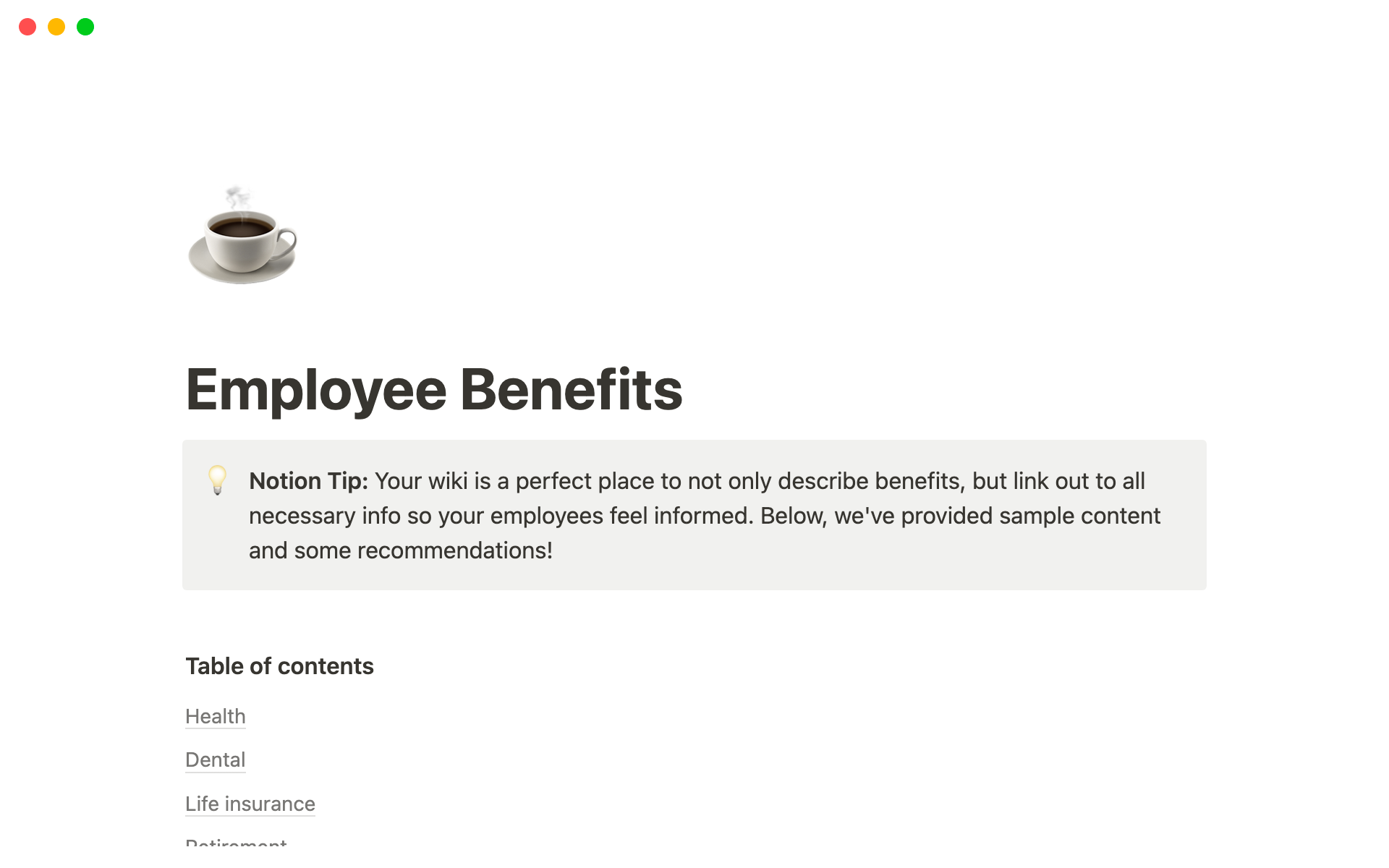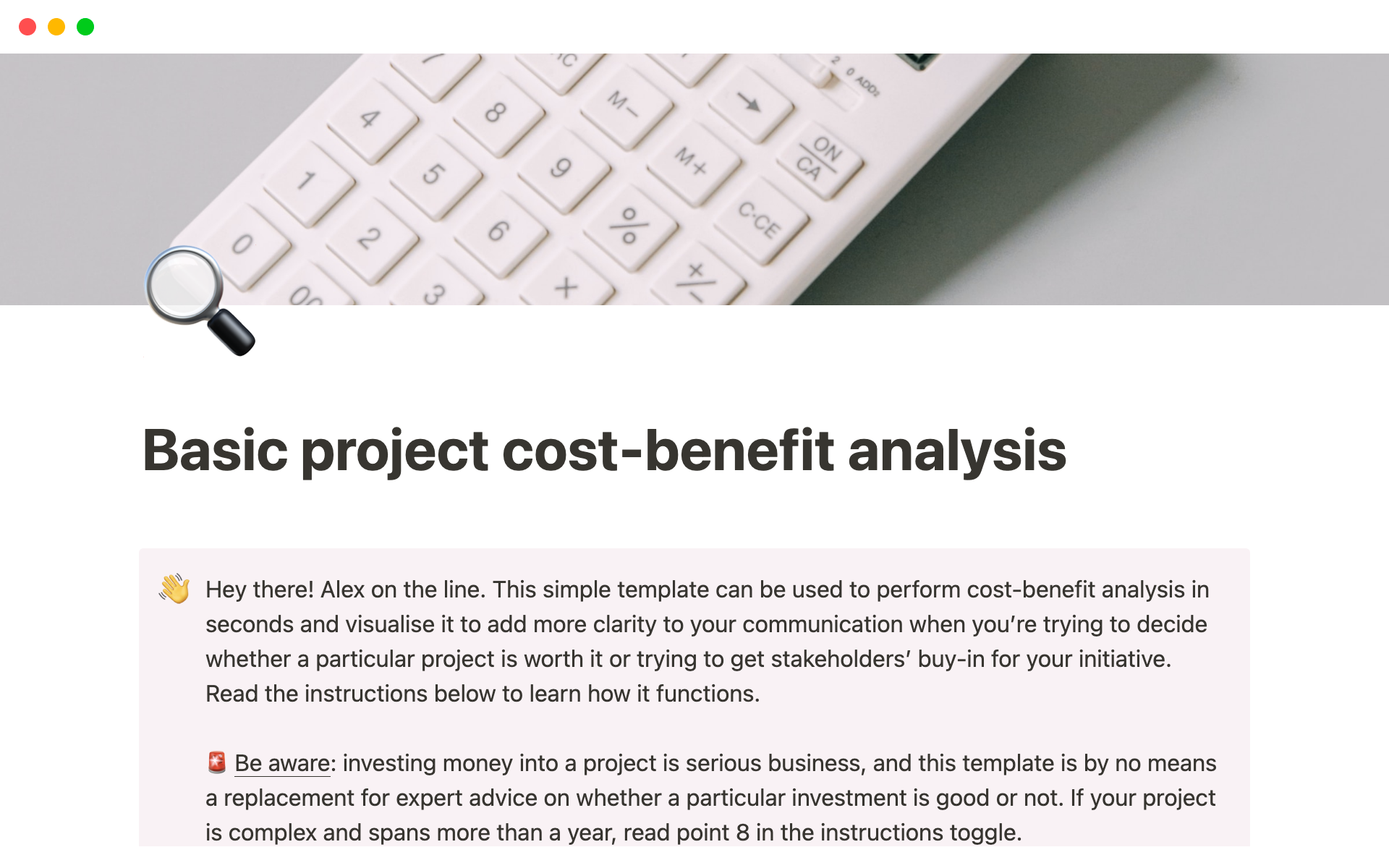One simple factor can make or break a project's success: staying within budget.
Whether you're working on a software development project, launching a new product, or running a digital marketing campaign, incorrectly managing your project expenses can lead to overspending or compromised quality.
Think of project cost tracking as a financial GPS to help you stay on course and avoid pitfalls. By overseeing the financial state of a project over its entire lifecycle, you can spot deviations as they occur to manage project expenses wisely.
What does project cost tracking involve?
Tracking costs guides you through the labyrinth of expenses and financial decisions by keeping you apprised of a project’s expenditures. It involves systematically monitoring, measuring, and communicating a project's financial state throughout execution.
At its core, cost tracking involves recording and analyzing expenses, comparing them to the budget, and making informed decisions based on this data. Sometimes, reallocating funds is necessary when project scope or deadlines change, but you need to know when you’re at risk of going way over budget so you can course-correct.
It's also about maintaining financial accountability and transparency with stakeholders, as all parties involved should have a clear understanding of the project's financial health and progress toward budgetary goals.
The 7 stages of cost tracking
Project expense tracking isn't an isolated task in the roadmap — it's a journey of different stages across its whole lifecycle.
1. Planning
Before a project even kicks off, you need to set financial goals and figure out what resources you need for the project's completion (including talent, software, supplies, etc.). It's about creating a realistic financial blueprint to guide the project from start to finish.
2. Estimating budgets
Now, with the information gathered at the project planning stage, you can start calculating how much each stage or component of the project will cost. To craft a budget estimation, consider all relevant factors, including labor, materials, equipment, and potential roadblocks. After project kickoff, you’ll return to this budget to check if things are progressing as planned.
3. Establishing cost controls
Cost controls are measures put in place to ensure that expenses stay within budget — they're the safeguards that prevent your project from veering off course financially. This might involve setting spending limits, requiring expense approvals from senior team members, and continuously monitoring financial activities.
4. Tracking costs
This is the heart of cost tracking. During this stage, you must ensure that teams log every financial transaction as it happens — doing so represents your project's current financial health. Designate the responsibility for tracking costs to a project manager who can ensure everyone knows where to report financial updates.

5. Measuring results
This is the moment of truth — when you compare actual expenses to the original budget. Project budget tracking provides you with real expenditure data to assess the financial shape of the project, identify discrepancies, and take corrective actions. This continuing process should be done according to predefined periods (monthly, quarterly, or at the end of every sprint).
6. Updating forecasts
As the work progresses, things can change — materials costs fluctuate, timelines shift, and scope creeps. Routinely updating forecasts means keeping your budget and cost projections in sync with the project's current state.
7. Continuously improving
Cost tracking is an ongoing practice. Gather insights from past projects to refine your tracking methods and elevate your project financial management game. Documentation is essential to create a knowledge repository from which current and future projects can benefit.
The importance of looking after your project's financial health
Most project managers have endless to-dos, but not all tasks have the same value. It's important to prioritize looking over the things that are crucial for the project's health, such as its financial shape.
The biggest value of cost tracking resides in these key benefits:
Financial control — project cost tracking provides the necessary financial supervision to prevent overspending and allocate resources wisely. It ensures that your project remains financially sustainable. And if you’re underspending in a certain area, you can redistribute those funds where your team needs them.
Risk mitigation — by keeping a vigilant eye on expenses, you can identify potential financial risks early on and take preemptive measures to mitigate them. This reduces the chance of costly surprises later in the project.
Informed decision-making — accurate cost-tracking data empowers project managers to make wiser judgment calls. Whether it's reallocating resources, renegotiating contracts, or adjusting project timelines, decisions driven by project metrics lead to better outcomes.
Boost stakeholder confidence — when stakeholders see that a project is managed with financial transparency and responsibility, their trust in its success grows. This can lead to more robust support and a better collaborative synergy.
Perfecting the art of cost tracking: 7 actionable steps
Now that we've highlighted the importance of project cost tracking, let's explore some practical tips to help you track project costs like a pro:
1. Define a detailed budget — create a comprehensive and realistic budget that covers all project-related expenses. Budgeting should include labor, subscriptions, and materials but also unexpected contingencies.
2. Assign responsibility — define a team member responsible for tracking and reporting expenses. Accountability is key to cost tracking because it establishes clear ownership and fosters transparency across the data-recording process.
3. Implement project cost management software — project management software can save you valuable time in your day. Tools like Notion's financial tracker template help you streamline your process of mapping, controlling, and forecasting expenses.

4. Regularly update records — ensure that teams update expense records as they spend. Waiting too long can lead to inaccuracies or missed opportunities for correction.
5. Monitor variances — continuously compare actual expenses against the budget. Identifying significant variances means delving into their root causes so you can implement action plans as fast as possible.
6. Implement change control — establish a formal change control process to manage unexpected expenses and project scope changes. This will be your safety net when things get rocky and you must adapt.
7. Regularly communicate — always keep project stakeholders in the loop regarding financial status. Choose an adequate channel for each situation, like Slack for instant messages and email for reports or document sharing. This transparency builds trust and fosters collaboration.
Project financial management made easier with Notion
As you navigate the stages of cost tracking, remember that it isn't just an administrative task — it's the foundation for project success.
With Notion in your toolkit, you can enhance your cost-tracking capabilities and improve the overall financial management of your projects.
Explore Notion's extensive library to find finance tracker and budget tracker templates that provide a structured framework for budgeting, recording, and analyzing expenses, making it easier to stay on track with your project plan.




